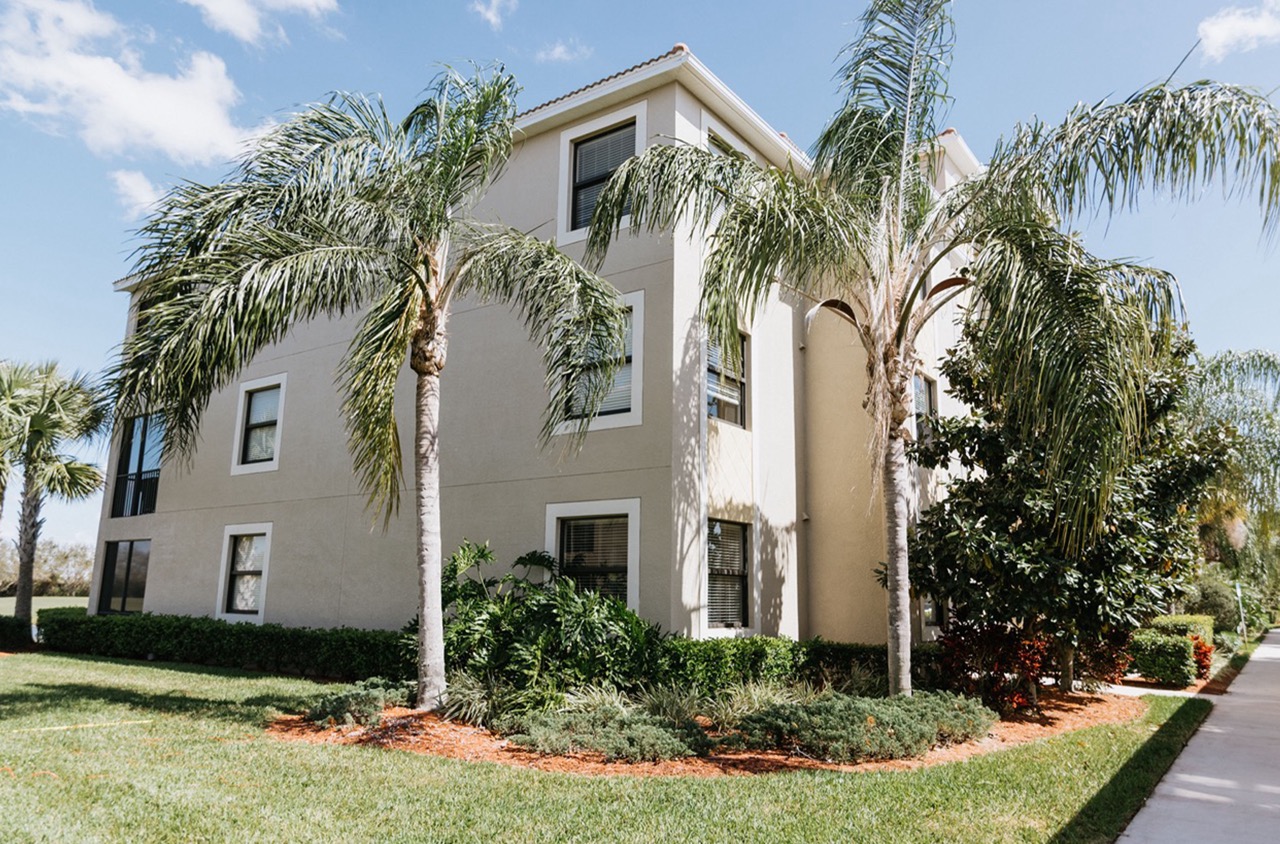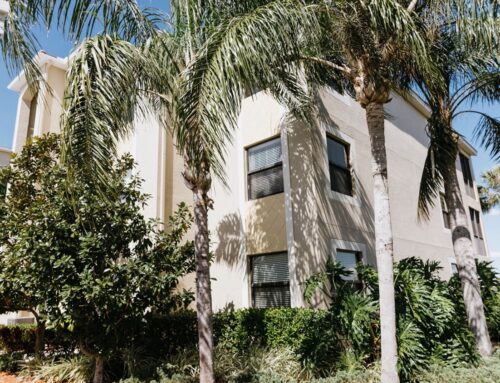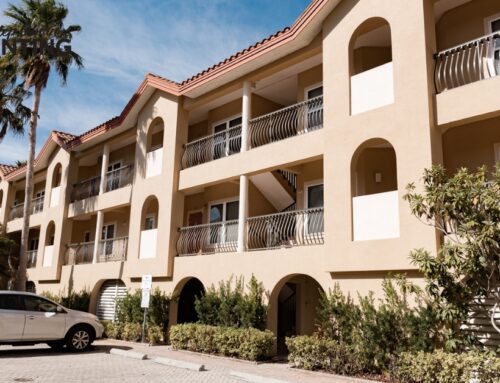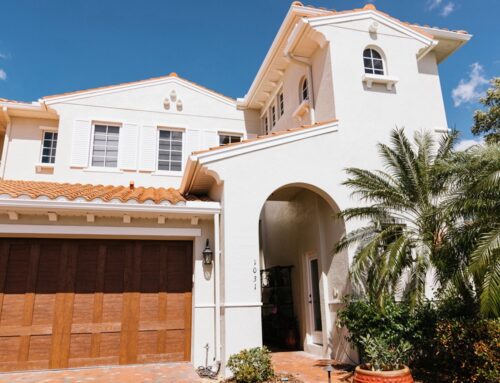How many coats of paint do you really need for the perfect finish, and does brand truly make a difference? These questions often spark debates among homeowners and contractors alike. When it comes to painting, several myths obscure practical understanding and decision-making. Many people believe that high price always guarantees quality or that all paints cover uniformly. Such misconceptions can lead to unexpected costs and less than satisfactory results.
It’s important to distinguish fact from fiction when choosing paint and planning your project. Not only do you want your work to enhance the aesthetic appeal, but you also aim for durability. Different surfaces, conditions, and uses call for tailored approaches. By debunking common myths surrounding performance and coverage, you can make informed decisions, ensuring that your painting project not only completes on schedule but delivers longevity and satisfaction.
Myths About Performance and Coverage
It’s common to come across myths that distort our understanding of paint performance and coverage. Many believe thicker is better for durability, but this isn’t necessarily true. Applying too much paint in one go can lead to unsightly drips and longer drying times, potentially leading to cracking or peeling. Instead, applying multiple thin layers enhances coverage and longevity. This allows the paint to dry uniformly, protecting surfaces more effectively.
There’s also a myth about primer being unnecessary if a paint claims to be a primer and topcoat in one. While these products are convenient, especially for light color changes on previously painted surfaces, they aren’t always adequate for drastic color changes or new drywall. In these situations, using a separate primer is advisable for proper adhesion and to ensure the paint’s true color shines through.
Some think that the sheen of paint doesn’t affect performance. However, sheen impacts durability and ease of cleaning. For high-traffic areas like kitchens and bathrooms, using a semi-gloss or satin finish can be beneficial. These finishes resist moisture better and allow for easy cleaning without sacrificing visual appeal. On the other hand, a flat finish might hide wall imperfections, but it is less durable in spaces prone to scuffs and stains.
Another myth is that quality doesn’t vary between brands. This isn’t entirely true. Premium paints often offer better coverage with fewer coats due to higher pigment levels. They also tend to have improved binders that contribute to durability and longevity, especially important in Florida’s humid climate to combat the tendencies of mold and mildew growth.
Lastly, it’s a common misconception that color samples aren’t necessary since swatches look accurate. Lighting conditions greatly alter how colors appear. Testing a small section on your wall before committing ensures satisfaction with the final result. Recognizing and dispelling these myths can lead to smarter decisions in paint purchases and application methods, enhancing performance and satisfaction in both residential and commercial projects.
Environmental and Health Certifications
Increasingly, businesses are prioritizing environmentally friendly practices, and the painting industry is no exception. Understanding environmental and health certifications in the painting sector can not only elevate your business but also cater to the growing demographic of environmentally-conscious consumers.
One important certification is the Green Seal, which provides guidelines for paints that reduce the impact on both indoor air quality and human health. Paints bearing this certification are low in volatile organic compounds (VOCs), which are chemicals that evaporate into the air and may cause respiratory issues. By choosing Green Seal-certified paints, you help create safer environments for clients and employees alike.
Additionally, the Leadership in Energy and Environmental Design (LEED) certification offers a framework for achieving sustainable building design. While this certification often pertains to broader building projects, selecting LEED-compliant paints and coatings can contribute points towards a building’s overall LEED certification. This linkage enhances your service options for clients aiming for environmentally sustainable building standards.
Certifications such as Greenguard ensure products contribute to healthier indoor air by certifying goods with low chemical emissions. These paints support better air quality, particularly crucial in spaces used by children or the elderly, who are more susceptible to air pollutants. Implementing Greenguard-certified paints in your projects can provide added peace of mind and serve as a strong selling point for your business.
Time and resources invested in these certifications convey a commitment to responsible practices, potentially broadening your market appeal. For businesses in the painting sector, knowing and implementing these credentials efficiently can differentiate you in the marketplace. Emphasizing certified eco-friendly products in your marketing strategies also positions you as a leader in sustainable practices, likely enhancing customer trust and loyalty.
Incorporating paints and coatings that meet these certifications not only advance your environmental credentials but ultimately contribute to healthier, more sustainable projects. The practical implementation of certified products goes beyond compliance, showcasing a proactive approach toward a safer and greener planet.
Comparing Costs: Eco vs. Traditional Paint
Choosing between eco-friendly and traditional paint involves not just aesthetic considerations but also financial ones. Painting contractors and homeowners alike often face a common crossroads: Should they opt for green alternatives or stick to conventional products? A deeper dive into the costs associated with both might guide your decisions.
Traditional paints tend to have a lower upfront cost. With a wide range of products available in various price brackets, these paints can initially appear more budget-friendly. The lower cost is often attributed to the vast array of manufacturing options and economies of scale enjoyed by established brands. However, traditional paints often contain volatile organic compounds (VOCs), which can have health implications and may result in the need for frequent airing and extra ventilation, indirectly affecting costs.
Eco-friendly paints, on the other hand, have a reputation for being more expensive initially. This is often due to higher production costs associated with sourcing non-toxic materials and achieving reduced VOC levels. Despite the higher sticker price, these products can offset costs over time. Eco-friendly paints tend to emit fewer pollutants, which can lead to improved indoor air quality. This is particularly valuable in commercial settings where maintaining a healthy environment translates to reduced sick days for employees and better overall well-being, enhancing productivity.
Another aspect worth considering is the longevity and coverage of the paint. Eco-friendly options often offer superior coverage, leading to less paint being used over time. They are also praised for durable finish and fade resistance, meaning you might not have to repaint surfaces as frequently as you would with some traditional paints.
While calculating costs, it’s crucial to include potential health impacts, environmental benefits, and long-term financial implications. Understanding these can reveal that what initially seems like a more expensive choice could prove to be economically wise over time, particularly for businesses looking to maintain a sustainable and healthy workspace.
Next Steps
Embracing accurate information about eco-friendly paint can significantly enhance the quality and sustainability of your painting projects. As we’ve discussed, understanding which paints meet environmental certifications, how they affect indoor air quality, and their long-term financial implications can help avoid common pitfalls.
Choosing eco-friendly options can indeed have a higher initial cost, yet their benefits—ranging from fewer toxins and better coverage to improved durability—often outweigh these costs over the long term. By selecting the right products, you foster not only a healthier environment but also elevate the aesthetic and functional value of your property.
If you’re contemplating upgrading your home or business with durable, eco-conscious solutions, contacting professionals can streamline the process. A Step Above Painting offers expert guidance tailored to your unique needs, ensuring that your design choices align with both your environmental values and aesthetic goals.
For a customized consultation and a free quote, reach out to us today. Our experienced team in Sarasota and Manatee Counties is ready to provide painting services that prioritize quality and sustainability. Let’s transform your space into something remarkable, ensuring your investment supports a greener future.





